Foot fruit. There are (at least) two wild/cultivated edibles that have foot fruit, cashews and podocarpus. One needs processing and one of them is only partially edible. Foot fruit is a combination of a fleshy aril and a seed. The unusual thing with both of these botanicals is the seed is on the end. Let’s start with Podocarpus macrophylus.
This is a common landscape plant usually trimmed to stay a hedge. However, if allowed it can grow into a large tree distantly related to pines. Locally Podocarpus can fruit from June to December with August and September the high yield months. The arils, right, turns from green/blue to red and then to purple or dark blue. It is edible. The seed on the end it not edible (it has a powder-blue bloom on it that rubs off revealing a green seed.) But the design is quite clear, aril then seed. I use the Podocarpus arils like grapes from eating out of hand to making pies, jelly and wine. They are an often-used ornamental and sometimes you can find hedges of them several hundred feet long. Since you have to separate the seed and aril to throw the seed away pick ones with big arils. To read more about the Podocarpus go here. The other foot fruit covered today is the Cashew.
Cashew trees are planted for two reasons: They look attractive and produce an edible fruit (with proper preparation.) The tree, which is native to northern Brazil, has large leaves and pretty pink blossoms. Like the Podocarpus there is an aril then a seed on the end. The cashew “apple” is a swollen part of the stem rather than the ovary. It’s on the red side, is high in vitamin C, juicy and slightly acidic. Rather than eaten out of hand — the “apple” can make the mouth feel fuzzy — it is often used with other fruits and juices via blending. The nut is in a kidney-shaped shell with a caustic liquid around it that will easily burn your skin or mouth with cardol and anacardic acid. The cleaned nut is edible raw but roasted is better. Eating them raw is dangerous and difficult because of the caustic chemicals. After drying the unshelled seeds for a few days then soak them in water. Next put on protective clothing and “roast” the shell with the seed inside in oil (210 C) for two minutes. Cool in water. Shell, dry, then remove a papery coating called the testa. The shells with seeds inside can also be fried in an open pan but that is more iffy in that the shells can squirt the bad liquid. The smoke is also toxic, don’t breath it in. Another method for the brave is to freeze the shell/nut and shell it while frozen peeling away the acid. Wear heavy gloves and goggles. Work fast.
Young cashew shoots can be eaten and the “apple” cut in to pieces, blanched, dried, then cooked like a vegetable. In fact it is far more popular where they grow than the nuts. The “apples” also dry well and can be made into jam or wine. They can also be feed to livestock — minus the seed. The “apple” contains five times more vitamin C than an orange and more calcium, iron, and B1 than bananas, avocados or citrus. They are also a good source of magnesium, phosphorus and copper. Cashews bloom in winter so you have to have a warm winter.
People are usually surprised to learn Sandspurs are edible. They are extremely painful because the seeds are covered with stiff spines that easily penetrate the skin and hold on… often to a foot. But they are also highly nutritious which is why nature protects them so well. Eating these terra firma terrors is the best revenge. This can be done a couple of ways. My favorite is to hold them over a fire burning the spines off. You move the seed head in and out of the fire to do that. If you leave them in the fire they will flame out because of their high oil content. Another option is to rub the spiny hull between two pieces of thick leather releasing the seeds. Once parched (or if hulled) cooked like porridge, they are tasty. Locally there are four species and seeds of all of them are edible. Although people commonly refer to them as Sandspurs botanists call them Sandburs, with a “B.” To read more about Sandspurs/burs go here.
Are they edible? That is often asked about a small lawn plant called Pony Foot, or Dichondra carolinensis. I think they are bitter and medicinal, others toss them into salads. But since they are bitter it is better to mix them with other greens — as one does chicory — rather than using them as the main ingredient. They spread by means of runners and they taste a lot better without the runners. The species is also used as a ground cover in shade. I’m not sure why the plants were called Dichrondra which means two hearts. Its leaves do alternate but they are more kidney-shaped than heart-shaped. They are also have a slightly off-side funnel shape (a basal notch.) Usually dime-size I have seen them more than an inch across. Pony Foot is often found with two other edibles, Dollarweed, which has a stem attached to the middle of the leaf, and Gotu Kola which has a spade-shaped leaf but rounded teeth on the margin and the stem is hairier.
Upcoming foraging classes:
Sunday, Nov. 1st, Bayshore Live Oak Park, 23000 Bayshore Rd., Port Charlotte, FL 33980, 9 a.m.
Sunday, Nov. 8th, John Chestnut County Park: 2200 East Lake Road, Palm Harbor, FL 34685, 9 a.m.
Sunday, Nov. 15, Mead Garden,1500 S. Denning Dr., Winter Park, FL 32789, 9 a.m.
Sunday, Nov. 22nd, Red Bug Slough Preserve, 5200 Beneva Road, Sarasota, FL, 34233, 9 a.m.
To learn more about the classes go here.
Want to identify a plant? Perhaps you’re looking for a foraging reference? You might have a UFO, an Unidentified Flowering Object, you want identified. On the Green Deane Forum we — including Green Deane and others from around the world — chat about foraging all year. And it’s not just about warm-weather plants or just North American flora. Many nations share common weeds so there’s a lot to talk about, such as the one to the left. There’s also more than weeds. The reference section has information for foraging around the world. There are also articles on food preservation, and forgotten skills from making bows to fermenting food. Recent topics include: Pine Cough Drops and Needles, Skullcap, Malodorous Plant? Another NJ Tree, Maypop? Roadside Plant, Unknown in Sudan, Please Help Identify, Preserving Prickly Pear Bounty. When I was Five Years Old. Bearberry. Shrub? Zanthoxylum Americanum or something else? Lawn Weed. Tea, Salt and Amia. An Odd Pine, Guini Wasps, Vine? 3 TX UFO’s, and Shrub In High Desert. You can join the forum by clicking on the button on the upper right hand side of this page.
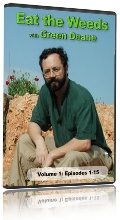 All of Green Deane’s videos are available for free on You Tube. They do have ads on them so every time you watch a Green Deane video I get a quarter of one cent. Four views, one cent. Not exactly a large money-maker but it helps pays for the newsletter. If you want to see the videos without ads and some in slightly better quality you can order the DVD set. It is nine DVDs with 15 videos on each. Many people want their own copy of the videos or they have a slow service and its easier to order then to watch them on-line. They make a good Christmas or birthday gift. Individual videos can also be ordered. You can order them by clicking on the button on the top right of this page or you can go here.
All of Green Deane’s videos are available for free on You Tube. They do have ads on them so every time you watch a Green Deane video I get a quarter of one cent. Four views, one cent. Not exactly a large money-maker but it helps pays for the newsletter. If you want to see the videos without ads and some in slightly better quality you can order the DVD set. It is nine DVDs with 15 videos on each. Many people want their own copy of the videos or they have a slow service and its easier to order then to watch them on-line. They make a good Christmas or birthday gift. Individual videos can also be ordered. You can order them by clicking on the button on the top right of this page or you can go here.
This is weekly newsletter 180.
To donate to the Green Deane Newsletter click here.

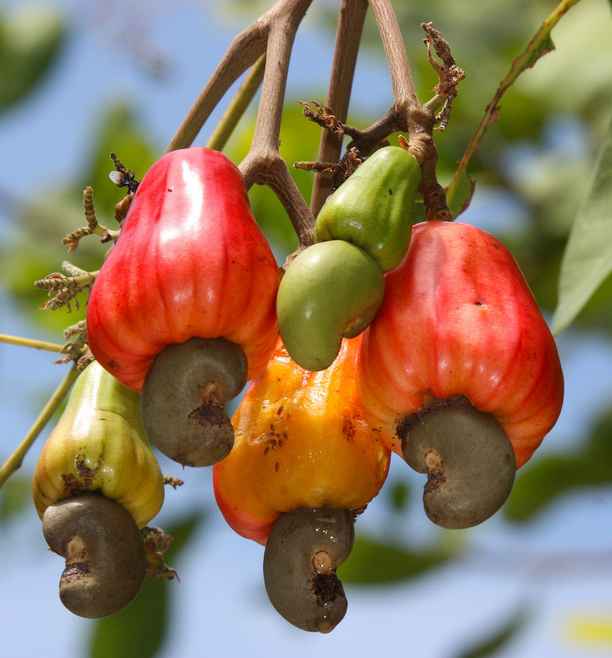
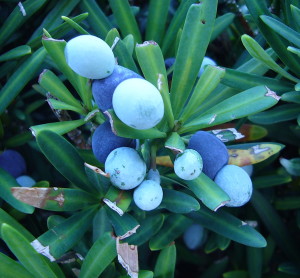
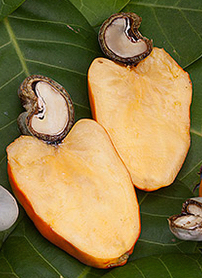
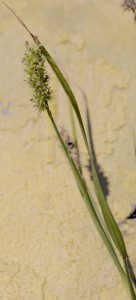
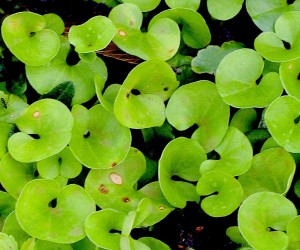
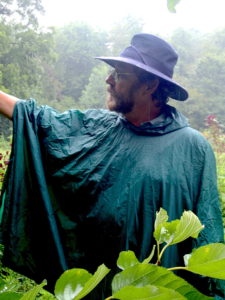


I always learn something new when I read your newsletters. Ponyfoot is a new and unfamiliar plant to me. You are amazing and thanks for teaching us all this wonderful information. If people all learned to eat sandspurs I don’t think anyone in Florida would ever go hungry.
Dean, I love your newsletter and site! You provide us with so much valuable information, and in turn provide my neighbors with so much entertainment when I go foraging in their yards…! They think I’m nuts (see what I did there? Har har) until I get them to taste their weeds… then you have a new fan.
Keep up the good work! Thanks!
Steve
Dean, Those sandspurs can get mighty wicked, its good to know I can get revenge on them after all. Nothing more satisfying than to know they can be eaten.
I enjoy your newsletters, thanks for the info.
Mary
Thank you for sharing your information. I especially like the photos and identifying info of the edible weeds. I live in northwest Florida and have discovered I have more edibles in my own backyard than I ever knew. 🙂
In this issue of “ Eattheweeds “ I thought I would rather comment on Sandspurs as I have also gone through your much informative article “ Sandspurs: Sandlot Sadists “ . I still wonder how difficult it is to collect a handful of seeds. However, the plant is unique in its dominating power with respect to its occurrence among others by virtue of its capability to attach itself to whoever or whatever passes by. This is why my people call it “Luzzaig” meaning sticker, or “Sheeleeni” which is a vernacular polite way of “hold me” or “pick me”.
During childhood, we utilized this characteristic to collect spurs with the purpose of fun playing, being careful at the same time not to hurt our bodies. Now, some think the plant is a nuisance during recreation trips in the fields. Another detriment may be encountered in the wool industry as quality of wool may be affected because of presence of spurs during sheathing.
A credit for the plant as reported – I could not access details of the reference – is when the seeds’ flour is mixed with wheat flour in making bread. That will improve the quality of bread as claimed in the research maintained in University of Khartoum. Another credit no doubt is that the young plant – without spurs – is good for grazing. Finally I must allude to political opponents who designate their rulers the plant’s name as those insist to rule permanently.
I’m in the boca raton area. Can you recommend any classes in this area ?
I have classes regularly in West Palm Beach, which has the same plants.